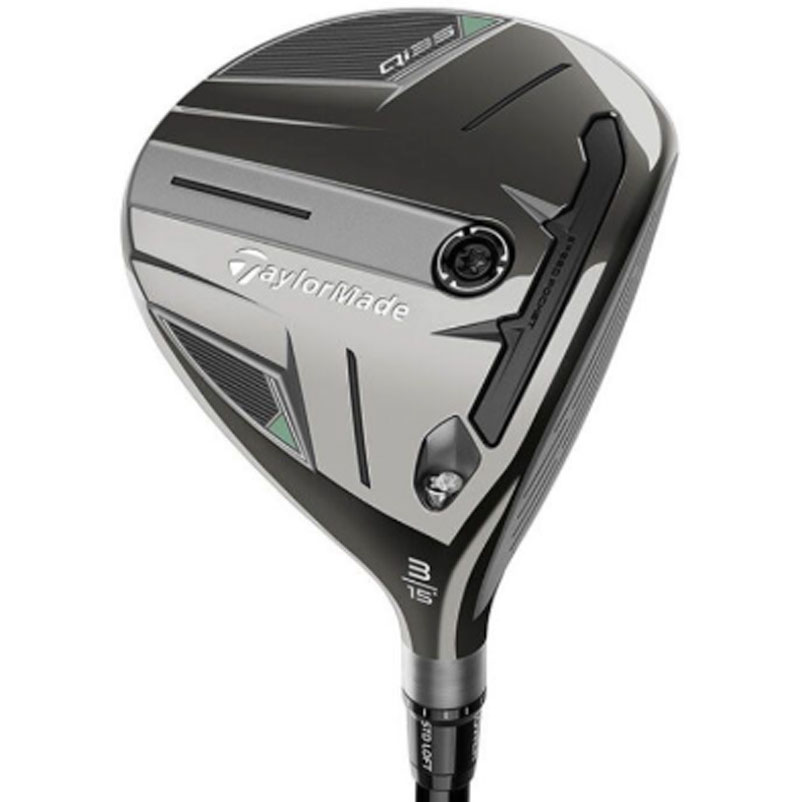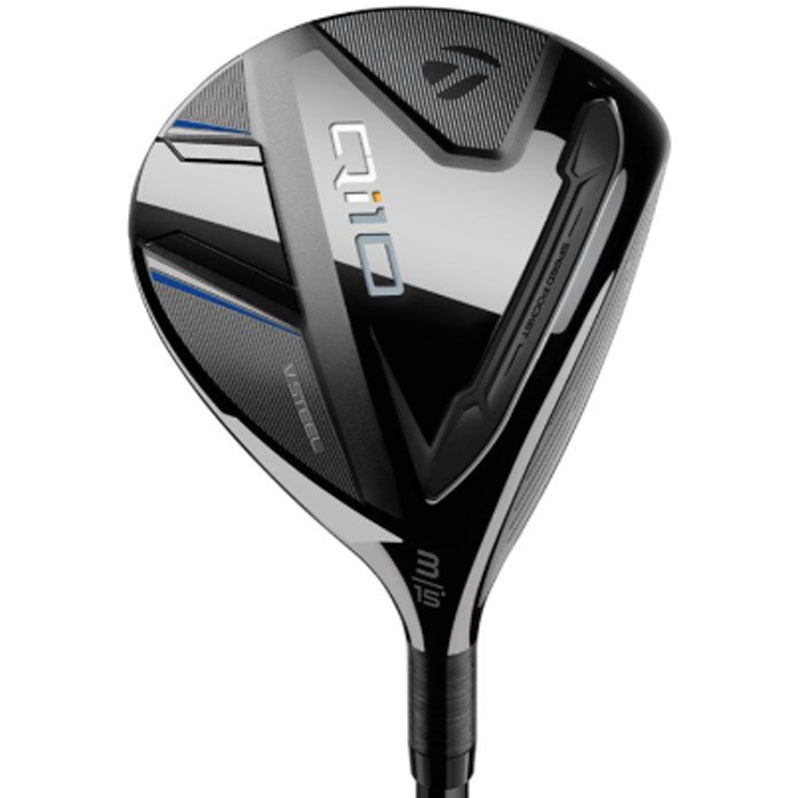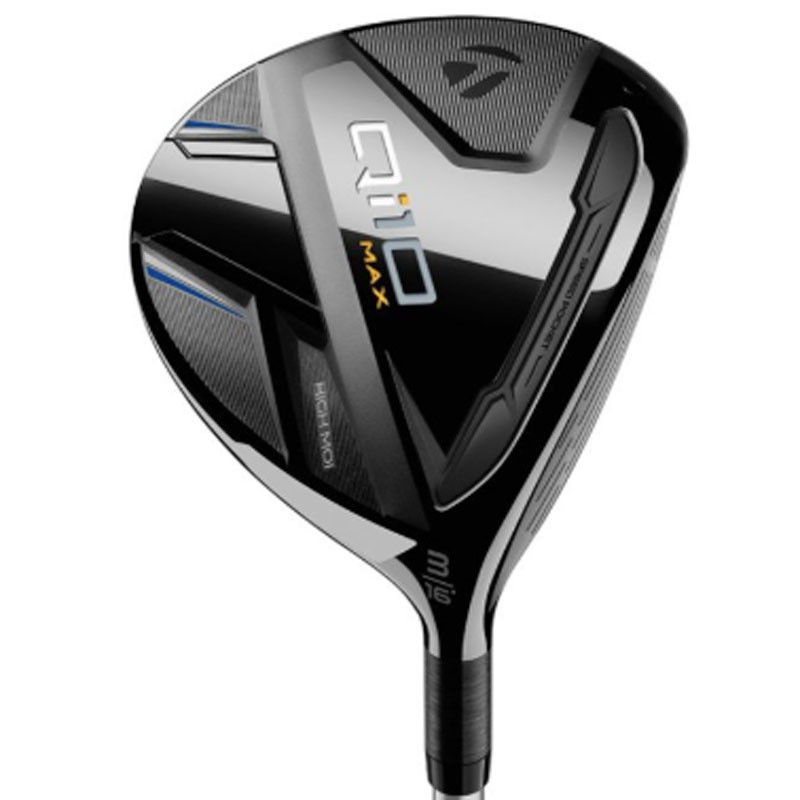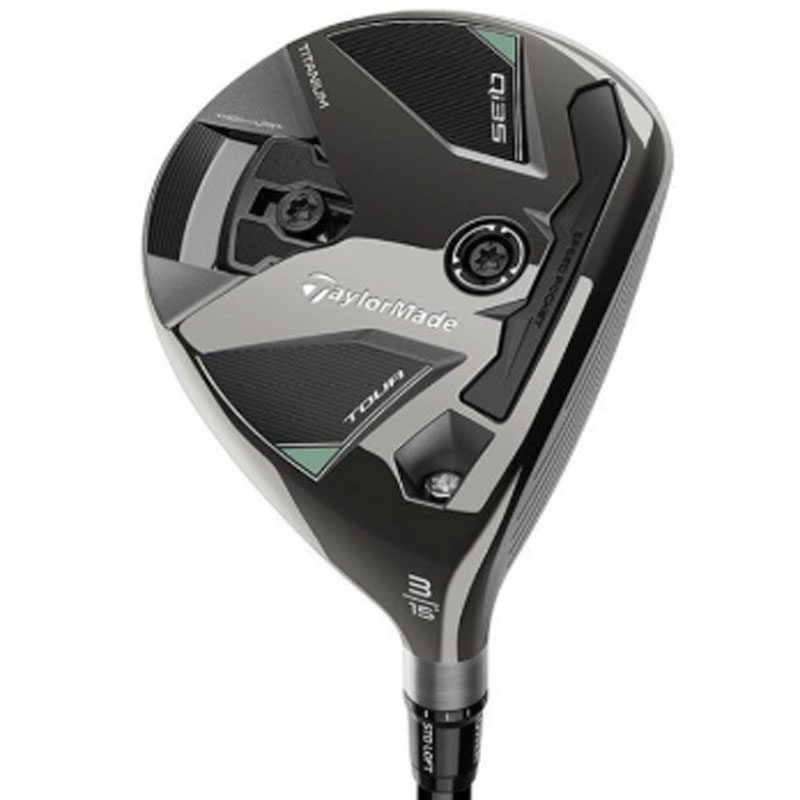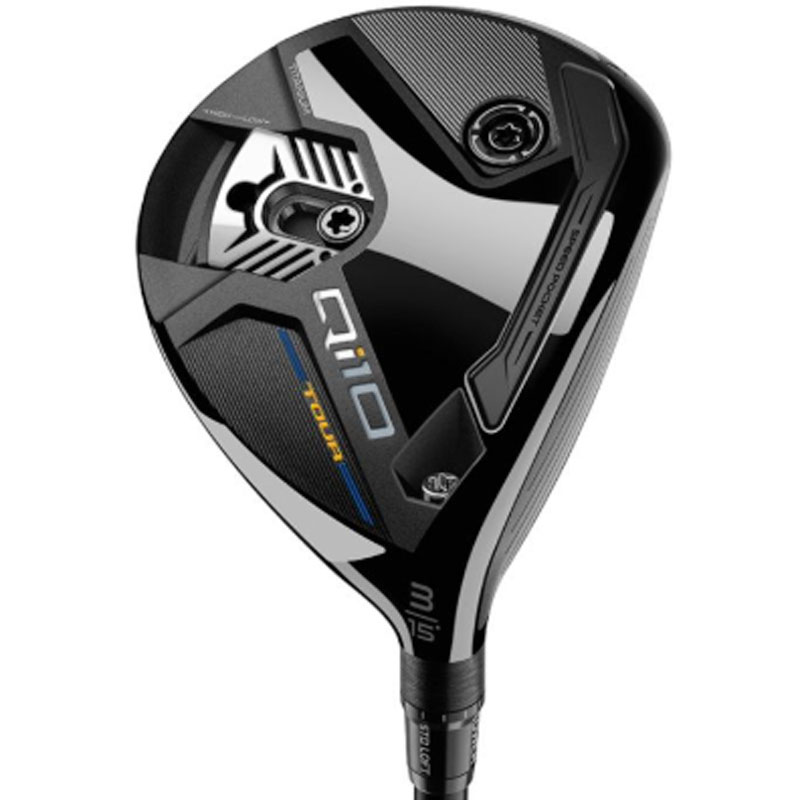Best TaylorMade Fairway Woods 2025
Check out the best fairway woods that TaylorMade currently has on the market - find the one just right for you!


Given how many of the game's top players are signed to TaylorMade, not to mention how many non-contracted players choose to use its woods, we can safely say that TaylorMade makes some of the best fairway woods in the game.
Hitting a fairway wood is probably one of the toughest shots in golf and a lot can go wrong and often does, but because of how difficult it can be, there are not too many more satisfying shots than when you flush a 3-wood and it trundles up onto the green.
Not all fairway woods are the same though and there are models aimed at specific levels of player. Each brand will have different models and most will bring out a new range each year, so the market is flooded with options. We have compiled handy guides covering numerous fairway wood options, including the best Callaway fairway woods and the best Ping fairway woods.
In this piece though, we're taking a look at the brand TaylorMade, a company that consistently pushes the boundaries of performance year on year. Why not check out the best options available below, with factors like cost, performance and looks all taken into consideration.
The Quick List
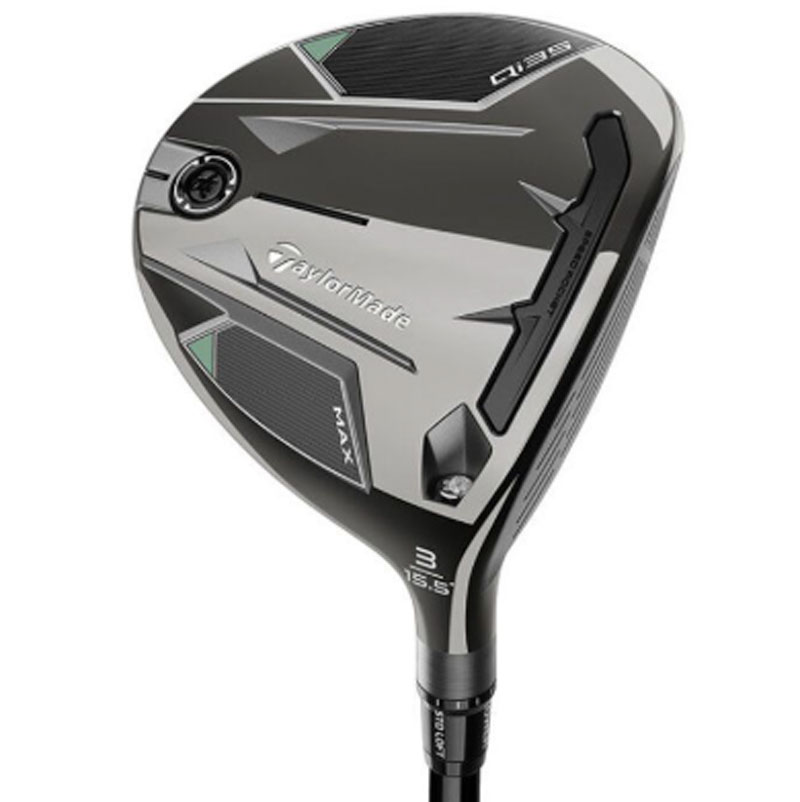
The most forgiving model in the Qi35 family, the Max boasts an oversized to help inspire confidence for those who need it. A slight draw bias and higher spin rates will also benefit the mid-to-high handicapper.
Best TaylorMade Fairway Woods 2025
TaylorMade Qi35 Max Fairway Wood

Specifications
Reasons to buy
Reasons to avoid
The Qi35 Max is the most forgiving fairway wood in the family, boasting an oversized head and a slight draw bias that will benefit a lot of mid-to-high handicappers.
That doesn't mean this is a club solely catered to this demographic though, far from it in fact. The chromium carbon finish is continued with the Max which I feel is important as golfers can now choose a club that will benefit their game more regularly rather than simply choosing the one they like the look of more. The lovely muted 'thud' sound that we hear so often from TaylorMade clubs is present with the Max, as is the impressive performance.
During testing I found the head did an exceptional job at tearing through light rough, an underrated aspect of a good fairway wood. The Max flew a little less than the standard Qi35, thanks in part to a little more loft on the clubface (15.5° instead of 15°) but this is a club that does everything it's designed to do. My mishits weren't punished nearly as much as they should have been and high launch and ball flight is easily attainable for golfers on the lower side of the speed spectrum. It's a really impressive option.
- Read our full TaylorMade Qi35 Max Fairway Wood Review
TaylorMade Qi35 Fairway Wood
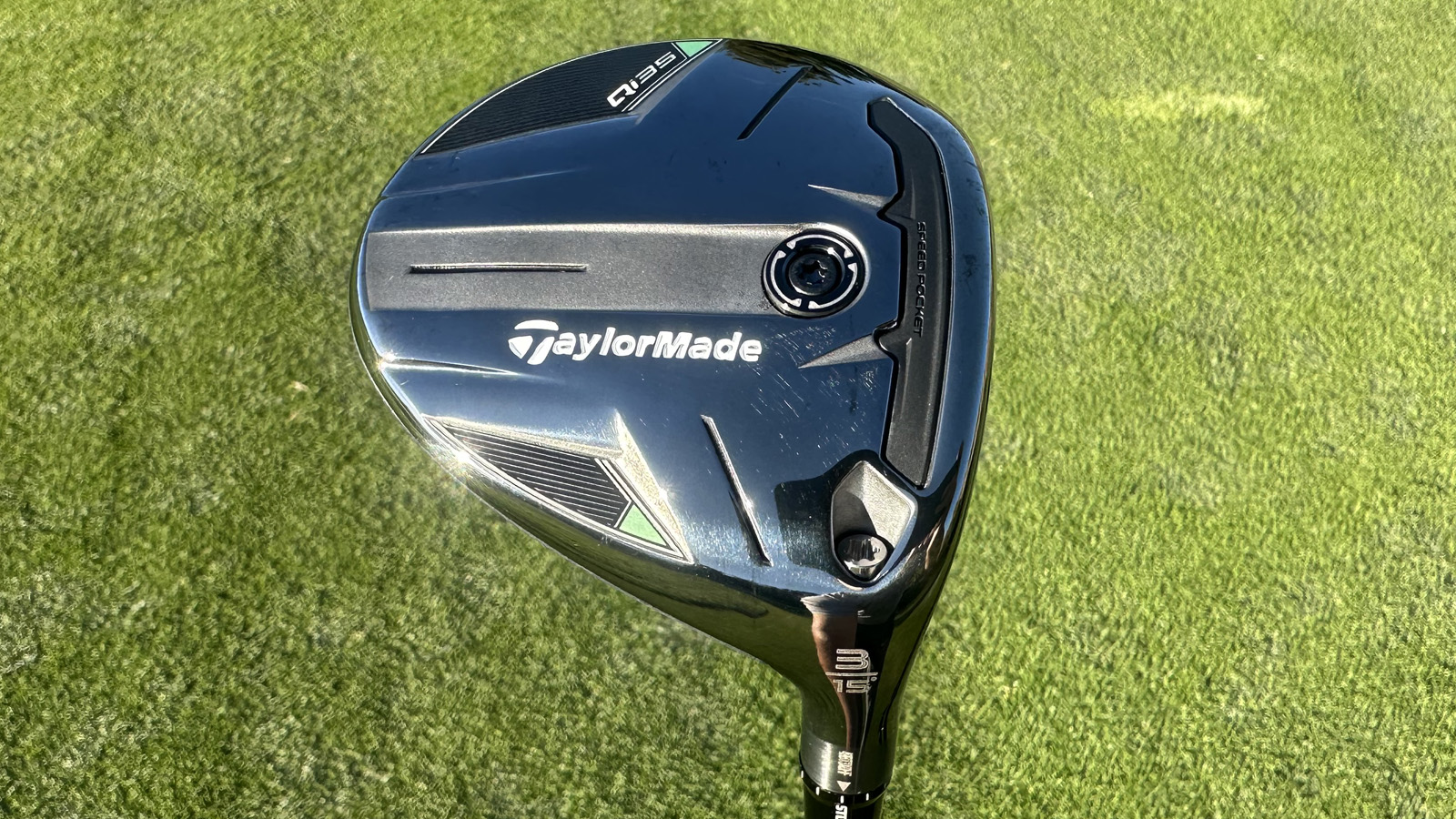
Specifications
Reasons to buy
Reasons to avoid
Given how well the Qi10 fairway woods performed last year, I was excited to compare the performance of the new Qi35 models. The first thing I noticed were the major changes to the aesthetics - a new chromium carbon fiber finish is found throughout the whole Qi35 range and it looks fantastic. It's part of the multi-material construction alongside the steel and aluminum to create eye-catching looks alongside the performance benefits.
This club looks wonderful behind the ball, inspiring confidence for even the confident ball striker. The head sits flush on the ground and is complimented by the fairly shallow face. I also loved the detailing at the back of the crown which really emphasizes the roundness of the head.
In terms of performance, I averaged a 156mph ball speed and over 3200rpm that led to an average carry of 255 yards and a total of 270 yards off the deck - very impressive. The feel was the same muted, yet powerful sensation I loved from the Qi10 fairway wood range. It's hard to beat the looks from this family of fairway woods and you'll be pressed to find as club that is head and above in terms of performance, too. If you’re in the market for a new fairway wood, the TaylorMade Qi35 should be on your list to try.
- Read our full TaylorMade Qi35 Fairway Wood Review
TaylorMade Qi10 Fairway
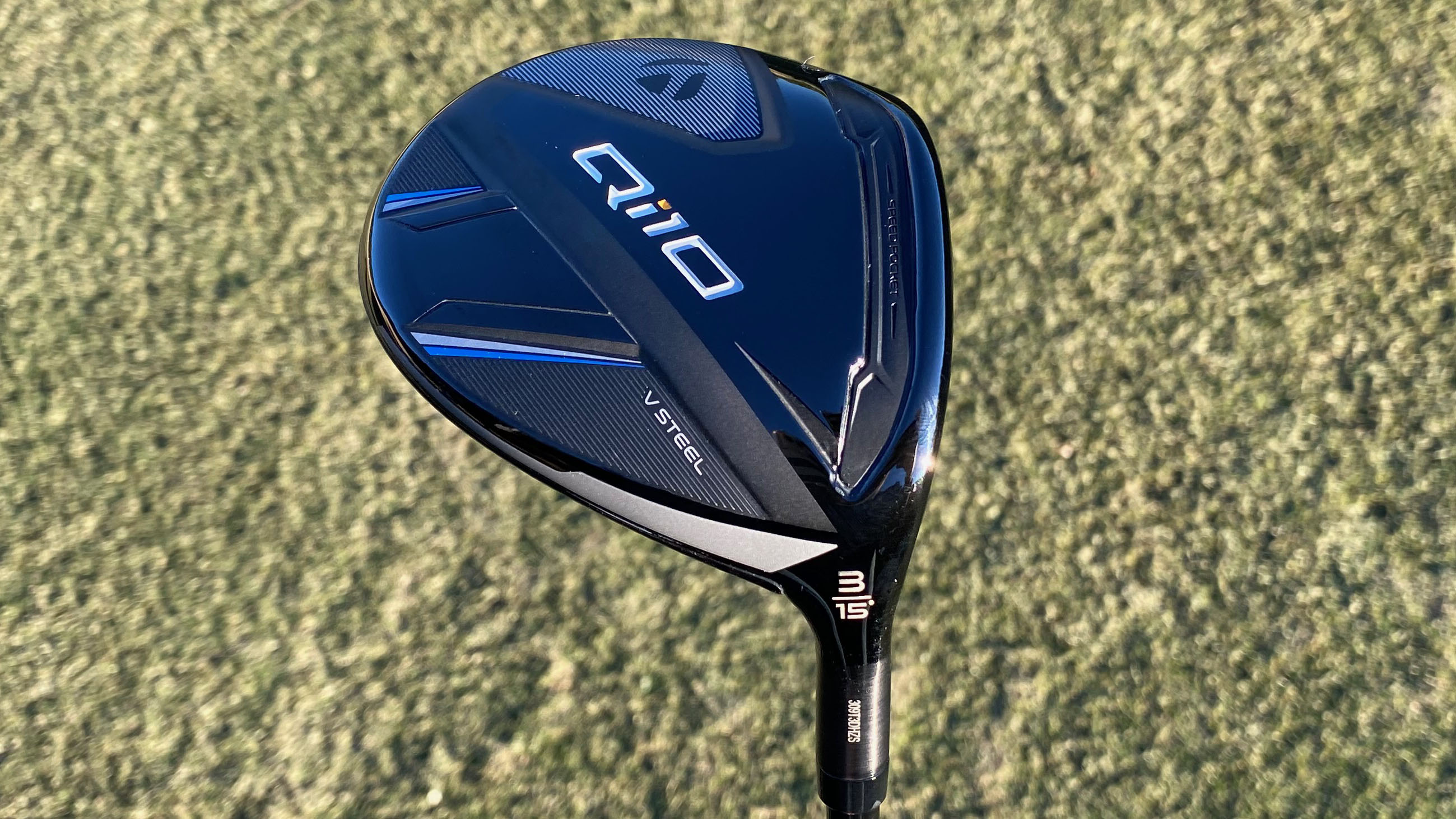
Specifications
Reasons to buy
Reasons to avoid
Given how impressed we were with the Stealth 2 Fairway Wood range, we’re happy to report that TaylorMade has utilized most of the same technology in the Qi10. Thru-Slot Speed-Pocket technology to enhance ball speeds has been added, while the V-Steel sole technology ensures a smooth feel at impact.
As with the Stealth 2, the Qi10 has been designed to offer the perfect combination of power and forgiveness but one of the biggest changes with the Qi10 is in the aesthetics and how the club has been designed. There has been a significant shift away from the previous design style and colorways used and we think it looks great.
In testing we found that the Qi10 Fairway Wood worked well and produced a powerful but controlled feeling through impact. The distance achieved was good, but we did note that there weren’t any huge gains when compared to its predecessor. The biggest improvement has been in the aesthetics.
- Read our full TaylorMade Qi10 Fairway Wood Review
TaylorMade Qi10 Max Fairway
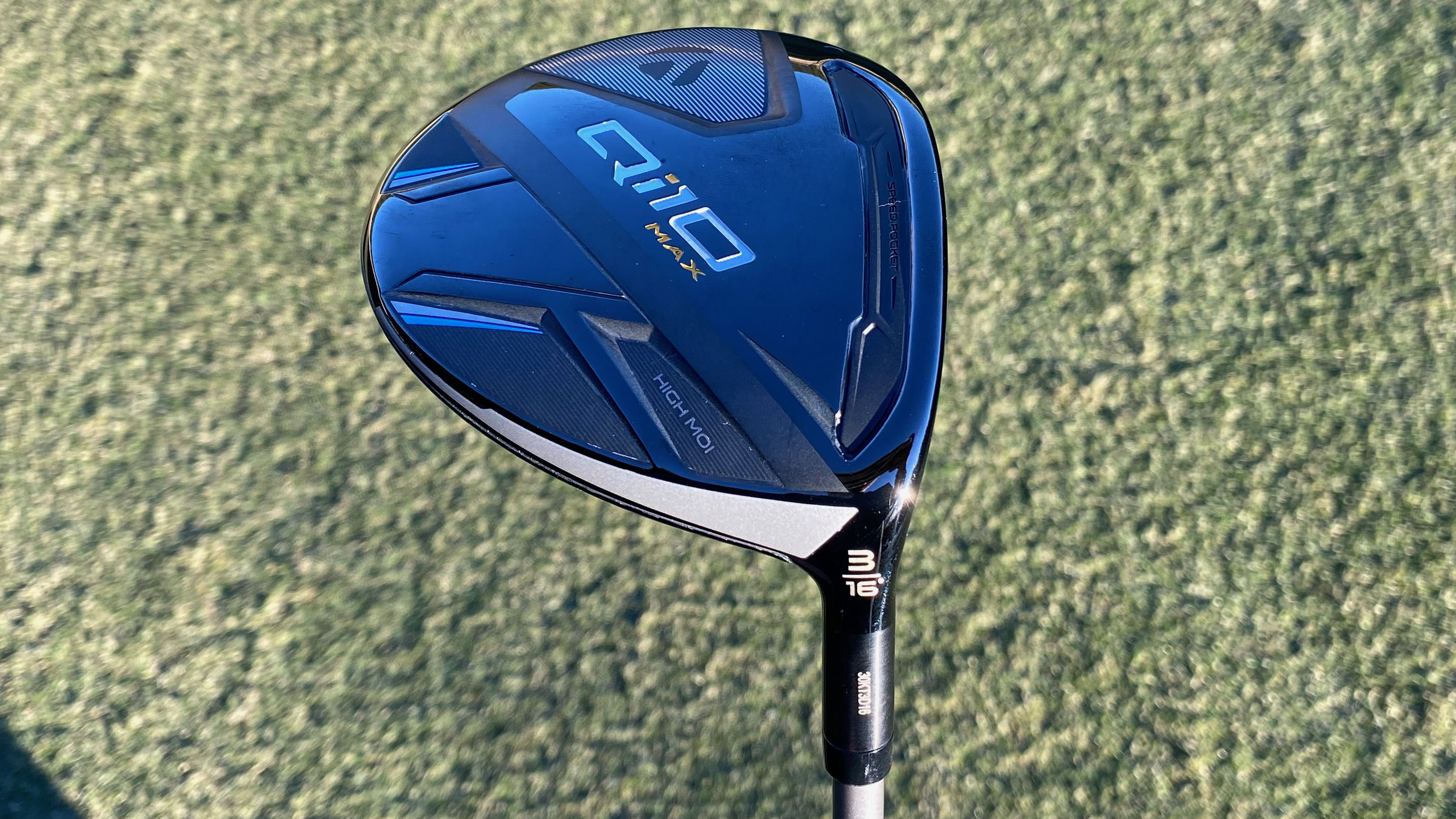
Specifications
Reasons to buy
Reasons to avoid
This is one for the inconsistent golfer who needs help with their fairway wood striking. So if that's you and you’re on the lookout for a fairway wood that’s easier to hit, the Qi10 Max is a great option to consider. In fact, of all the fairway woods in the Qi10 family, this is our favorite and definitely the easiest to hit. The extra large 200cc footprint makes it ideal for anyone who’s in need of a little confidence boost when stood over the ball on the fairway facing a long approach. The Max is super easy to launch and that will also increase your carry distance.
Based on testing the first thing to say is that the spin was fantastic. After hitting countless shots with it, we’d say that the Max is a fantastic option for any golfer with a moderate swing speed or someone who just needs help in getting the ball up in the air more easily. Having said that, we should also point out that this club should also yield good results for faster paced golf swings too and it's a great all rounder.
- Read our full TaylorMade Qi10 Max Fairway Wood Review
TaylorMade Qi35 Tour Fairway
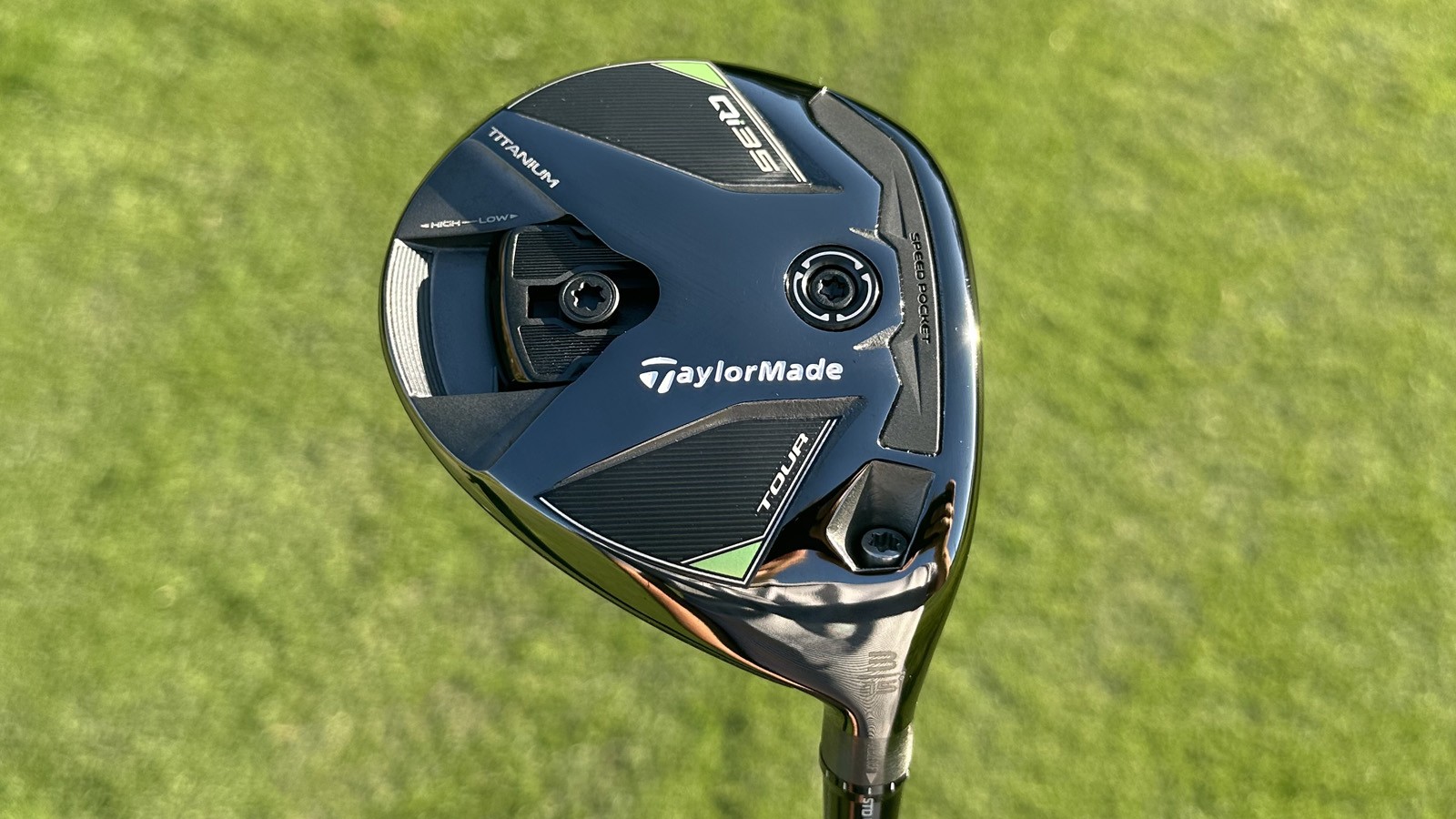
Specifications
Reasons to buy
Reasons to avoid
Inspired by feedback from professionals, both teaching and those plying their trade on the global tours, the Qi35 Tour fairway wood is designed for players who prioritize workability and ball flight control.
Like the rest of the Qi35 family, this is an awesome looking golf club. The new chromium carbon fiber crown looks superb, especially when gleaming in sunlight. It's worth noting that the Tour head is only 170cc, so if you're looking for a more forgiving option the other two Qi35 woods could be better options.
As for performance, the R&D team have worked hard to give the player as much adjustability options as possible. The 40g weight on the sole can now be rotated 180° for even further customization, a feature not possible with both the Stealth 2 Plus and Qi10 Tour fairway woods. While my left to right dispersion was definitely more volatile than the other Qi35 woods, the dispersion from front to back was fairly small. This is a club that reaches its full potential when used creatively - it isn't a wood designed to hit straight shots, rather slinging high draws to back pins or low, burning cuts around obstacles. If this isn't in your skillset, we'd recommend leaning towards the other two Qi35 options.
- Read our full TaylorMade Qi35 Tour Fairway Wood Review
TaylorMade Qi10 Tour Fairway
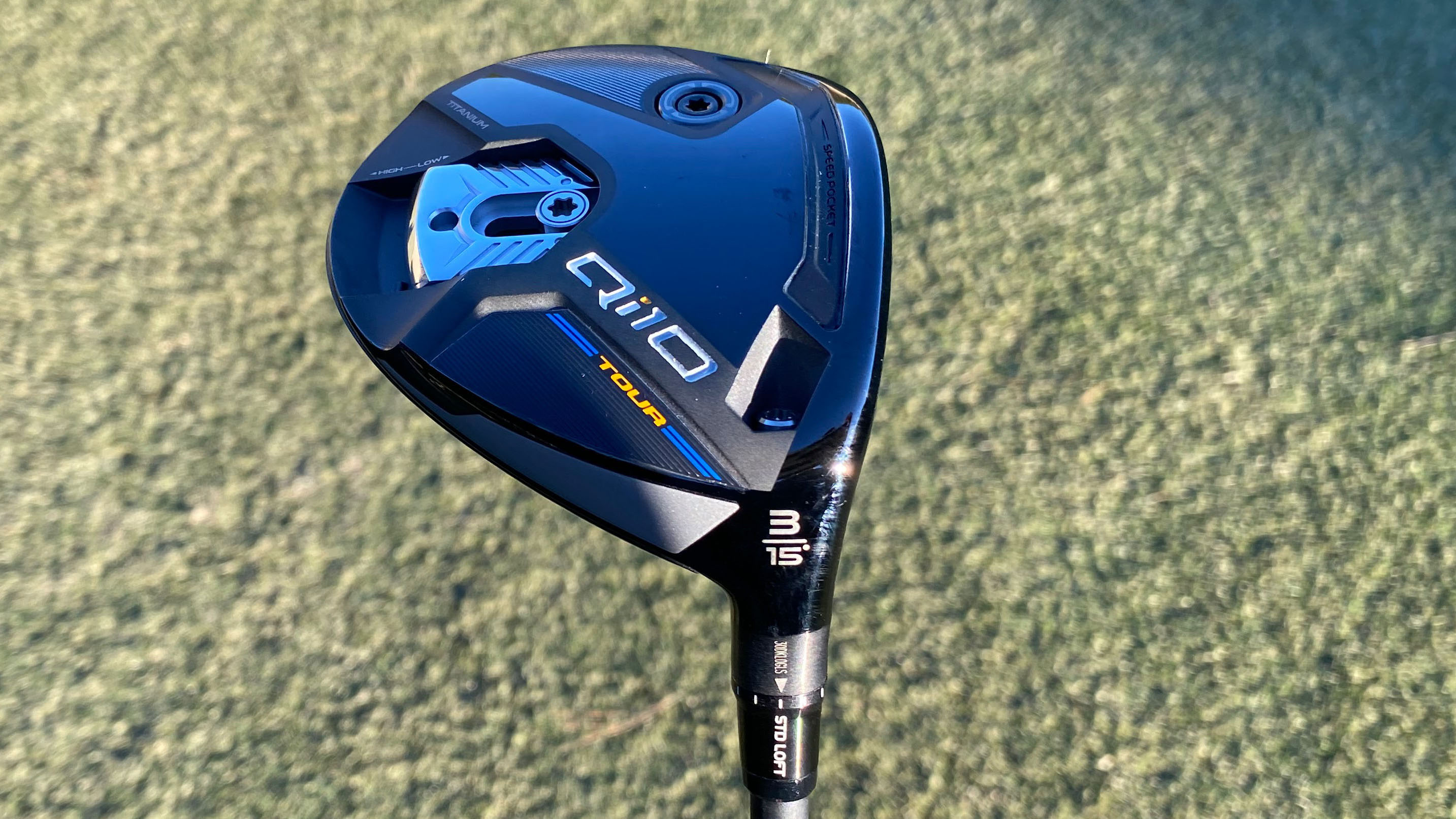
Specifications
Reasons to buy
Reasons to avoid
The Qi10 family of fairways features three models, aimed at golfers with different requirements. The Qi10 Tour fairway wood features a slightly different design to the others due to its more compact-looking head. It also has a range of features to aid customization and adjustability, thus ensuring that golfers are able to set their club up to perform to their own specific needs.
The Tour model is aimed at the better golfer and is a replacement for the Stealth 2 Plus, which is a little out of the ordinary as Taylormade would usually keep the same name for a replacement club. The same weight track that was featured in the Stealth 2 plus remains, which we were thrilled about as it seriously impressed us last year. The Tour is the only model in the Qi10 range to feature the adjustable loft sleeve, which you can use to adjust the loft and lie angles.
The Qi10 Tour fairway is aimed at low handicap golfers with a higher swing speed who want to lower their spin and launch. Our testing showed that it will do just that and it's a great option for the more accomplished ball striker. For higher handicap golfers, this is not for you as it lacks forgiveness and you would be better served with one of the options below.
- Read our full TaylorMade Qi10 Tour Fairway Wood Review
How we test fairway woods
When it comes to Golf Monthly's testing procedure, we use the same guidelines and methods for all golf products to make sure our reviews are as insightful, honest and comprehensive as possible. When it comes to golf clubs, including fairway woods, we strive to attend product launches when possible so we can meet with the manufacturer’s R&D experts to get a better understanding of the new technology.
When it comes to hitting clubs we usually head to the indoor simulator at Foresight Sports, where the team can test in a controlled environment using premium balls and the GCQuad launch monitor. We also use TrackMan at golf facilities across the UK. Outdoor testing follows at a variety of courses, practice areas and driving ranges around the United Kingdom.
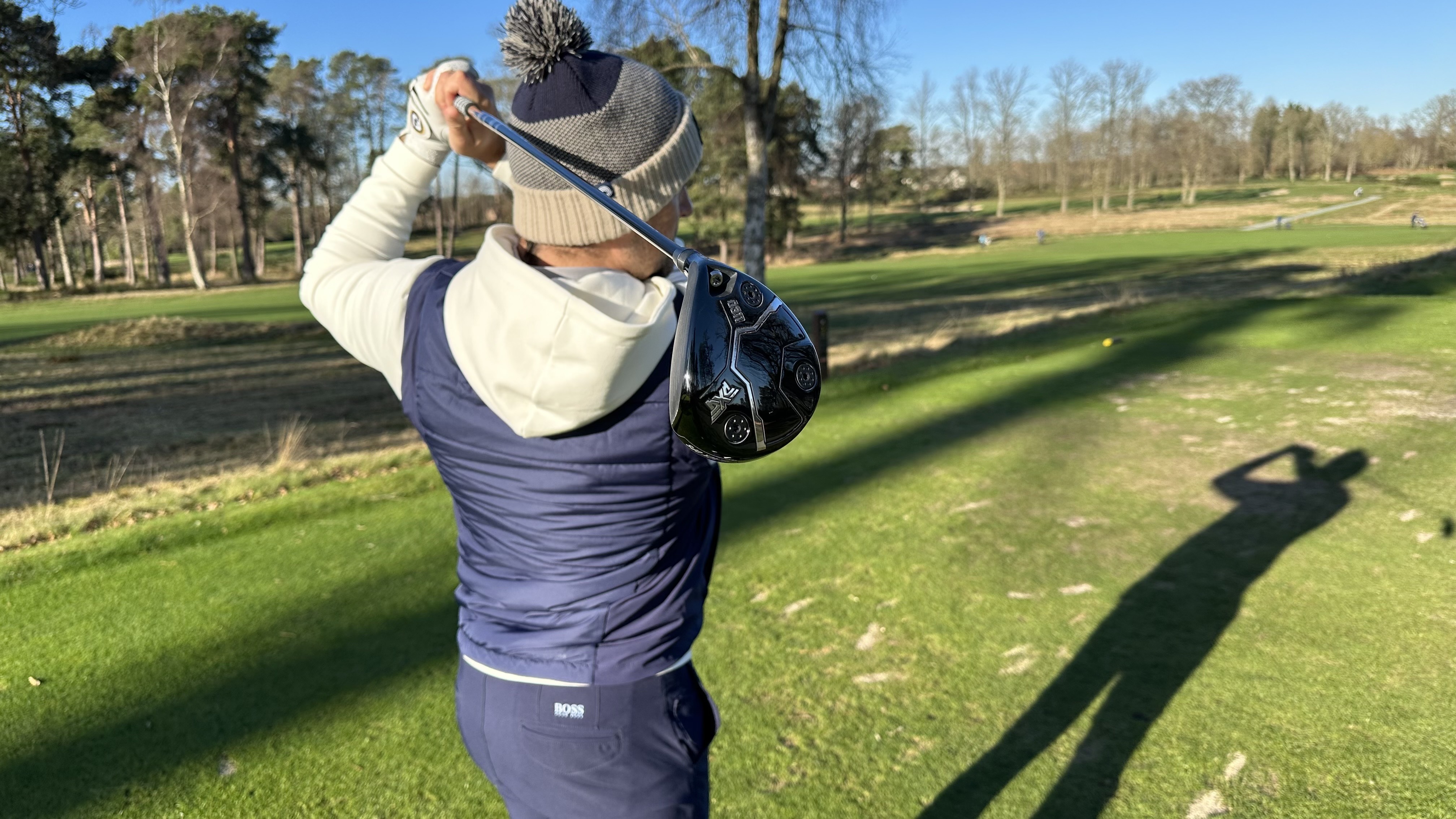
Specifically for fairway woods, product testing is headed up by Sam De'Ath, a former EuroPro and Clutch Pro Tour professional with many years of experience in the golf industry. Sam is ably assisted by technical editor Joel Tadman, and editor Neil Tappin. All three have been testing clubs for many years, and can efficiently test the vast majority of the biggest product releases and convey the pros and cons eloquently.
Lastly, it's important to stress that no manufacturer can buy a good review and our experts tell it how it is.
How to choose a fairway wood
Modern-day fairway woods are jam-packed full of technology which is great when it comes to helping players perform better on the course, but can also mean there is a lot to choose from when purchasing your next club. The vast range on offer can sometimes be a bit overwhelming and can cause golfers headaches when picking out the right fairway club for them, so we've set out a list of key points below that you should definitely consider when purchasing your next fairway wood.
1. Loft
Very important this. Figure out the specific gap to be filled in your golf bag. Ask yourself how far does my driver go, and how far do your longest irons or hybrids go? Knowing this will dictate the ideal loft for your fairway wood. You do not want to have two clubs in the bag that go the same distance so do your research on this before buying.
2. Forgiveness
Some fairway woods are more forgiving than others, especially because many manufacturers create different models for different levels of player. For example, there are three different Qi10 fairways with different head sizes, shapes and they are designed for different golfers. If you need as much help as possible, the Qi10 Max will work for you, whilst if you are a better player and strike is more consistent, then forgiveness may not be a key factor for you and the Qi10 Tour is your best bet.
3. Adjustability
Most modern fairway woods come with a degree of adjustability, whether that’s loft, moveable weights or shaft fittings. Think about how important adjustability is to you, because you can change the characteristics of a club’s performance with a quick turn of a wrench. Or, you can keep things simple and opt for a non-adjustable model with a stock shaft you hit well.
4. Versatility
Fairway woods must work well off the tee, on the ground from different lies and even around the green. If you have a model that works in only one of these areas, then there may be plenty of improvement and flexibility in upgrading your fairway woods.
5. Looks
You have to like how a golf club looks, especially when looking down on the golf ball. The fairway wood is one of the most difficult clubs to hit so you need something that gives you confidence and may even spark a pang of jealousy in your playing partners. Our advice is go and pick several models, see how they look and feel in your hands and test them in a variety of situations and lies. Don't pick looks over performance though!
6. Budget
Be aware of your budget when narrowing down your search for a fairway. You can go for more premium models, such as the TaylorMade Qi10 or Callaway Paradym Ai-Smoke Max or you can opt for cheaper designs like the Wilson Launch Pad. Whatever your budget, our guides will present you with good advice on buying a new fairway wood and offer something in your price range.
For more great fairway wood offerings, check out our guides to the best callaway fairway woods, best Ping fairway woods, and best women's fairway woods.
FAQs
When should I use my fairway woods?
You can, generally speaking, use your fairway woods anywhere around the course. Ideally, they are designed to be used off the fairway (hence the name) but can also be used off the tee and from the rough. Although a hybrid would be a better option if you're hitting from the second or third cut.
What degree fairway wood should I get?
When it comes to which degree fairway wood you should get there are a number of factors that need considering. Firstly, what distance are you looking to cover with it? You don't want your 3-wood going further than your driver, but you also don't want to leave a large distance gap between your driver and irons.
Personally, we would recommend a fitting at your local pro shop to really explore what yardage area you are wanting to cover. Once you determine that aspect then it all comes down to hitting a few fairway woods that are of different lofts.
On average, your driver should be around 20-30 yards further than your 3-wood so, with that in mind, you will need to find out how long the driver goes first before experimenting with different degrees of fairway woods.
What are 3 and 5 fairway woods equivalent to?
A three wood, generally speaking, provides a more forgiving alternative to a 1 iron that can pack a little more distance. A 5 wood, meanwhile, normally sits at around 20º and 22º in loft which means it replaces either a 1 or 2 iron in your bag.
Subscribe to the Golf Monthly newsletter to stay up to date with all the latest tour news, equipment news, reviews, head-to-heads and buyer’s guides from our team of experienced experts.

Sam has worked in the golf industry for 14 years, offering advice on equipment to all levels of golfers. Sam heads up any content around fairway woods, hybrids, wedges, putters, golf balls and Tour gear.
Sam graduated from Webber International University in 2017 with a BSc Marketing Management degree while playing collegiate golf. His experience of playing professionally on both the EuroPro Tour and Clutch Pro Tour, alongside his golf retail history, means Sam has extensive knowledge of golf equipment and what works for different types of golfers.
